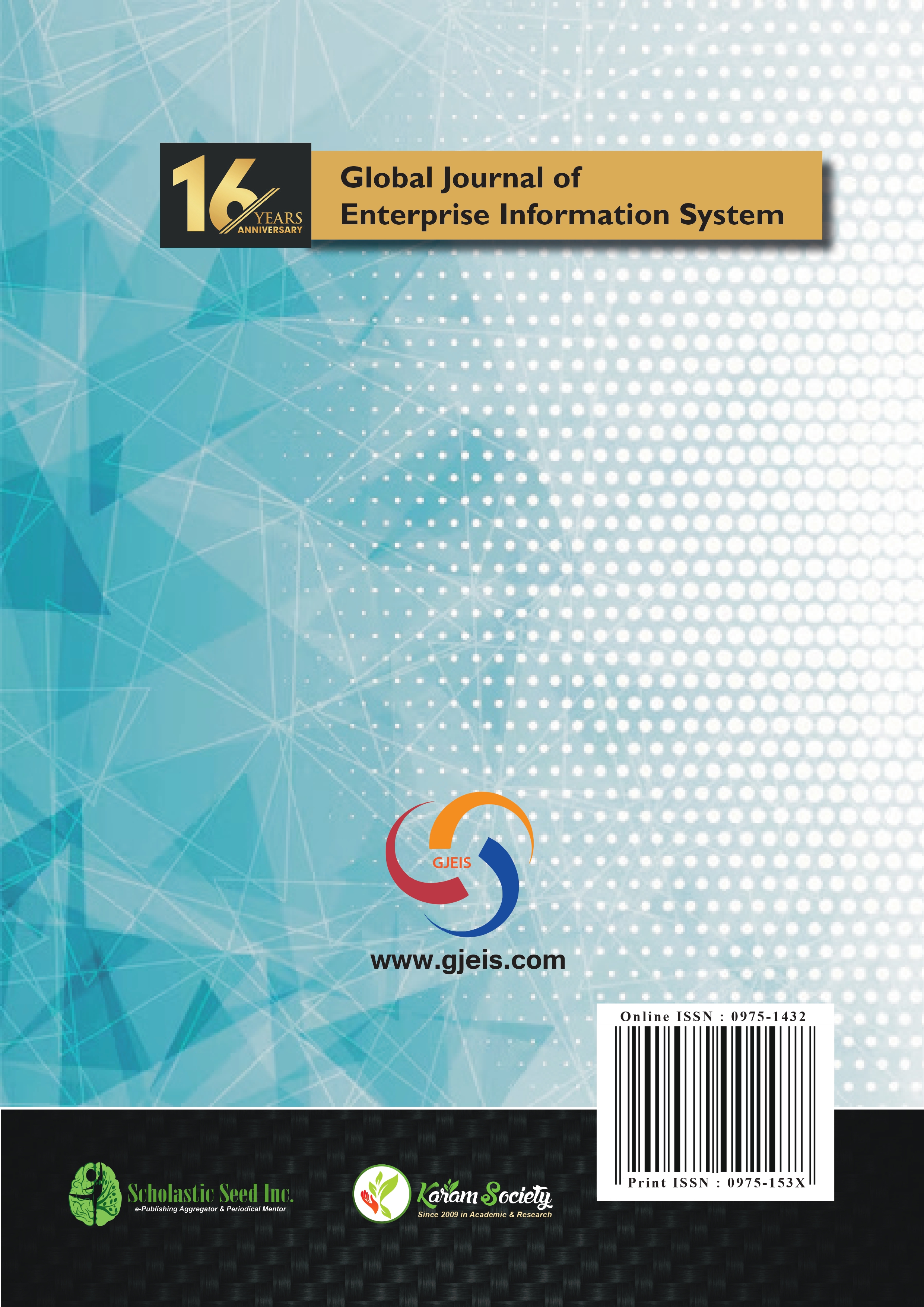Analysing Efficacy of Indian Anti Smoking Online Advertisements
Abstract
Purpose: Tobacco consumption is hazardous and smoking becomes dangerous even for
those who passively inhale from cigarettes or Bidis. Smoking is banned in public places
in India. The government is trying to discourage this habit through various measure.
Anti smoking advertising campaigns are parts of this effort. These ads usually use the
Shock appeal employing tactics of fear or disgust. This study attempts to analyse the
efficacy of the online anti smoking ads towards the Indian youth. Whether they are
effective in discouraging the smoking behaviour and if they are perceived differently by
smokers and non smokers and males and females.
Design/ Methodology/Approach: For this purpose two focus group discussions with
smokers and non smokers (eight each) respectively, four males and four females in each
group, and an online survey of eighty respondents (20 each- male smokers, female
smokers, male non smokers, female non smokers) was administered among youth of
Delhi between age 18 and 23, where they were shown/ shared online anti smoking ads
and asked to respond on them through twenty questions.
Findings: Most youth, as per research findings, rely on online information and follow
online ads, hence the online anti smoking ads were considered for efficacy. No specific
gender difference was found in the reception of the messages of these advertisements.
However, smokers were found to be less emotionally impacted by watching these ads,
where as non smokers found them repulsive enough to not try smoking. Hence, the
shock inducing anti smoking online ads have more efficacy in discouraging people to
start smoking rather than to lead smokers to quit.
Paper Type: Research Thought
Copyright (c) 2021 Global Journal of Enterprise Information System

This work is licensed under a Creative Commons Attribution-NonCommercial-NoDerivatives 4.0 International License.








